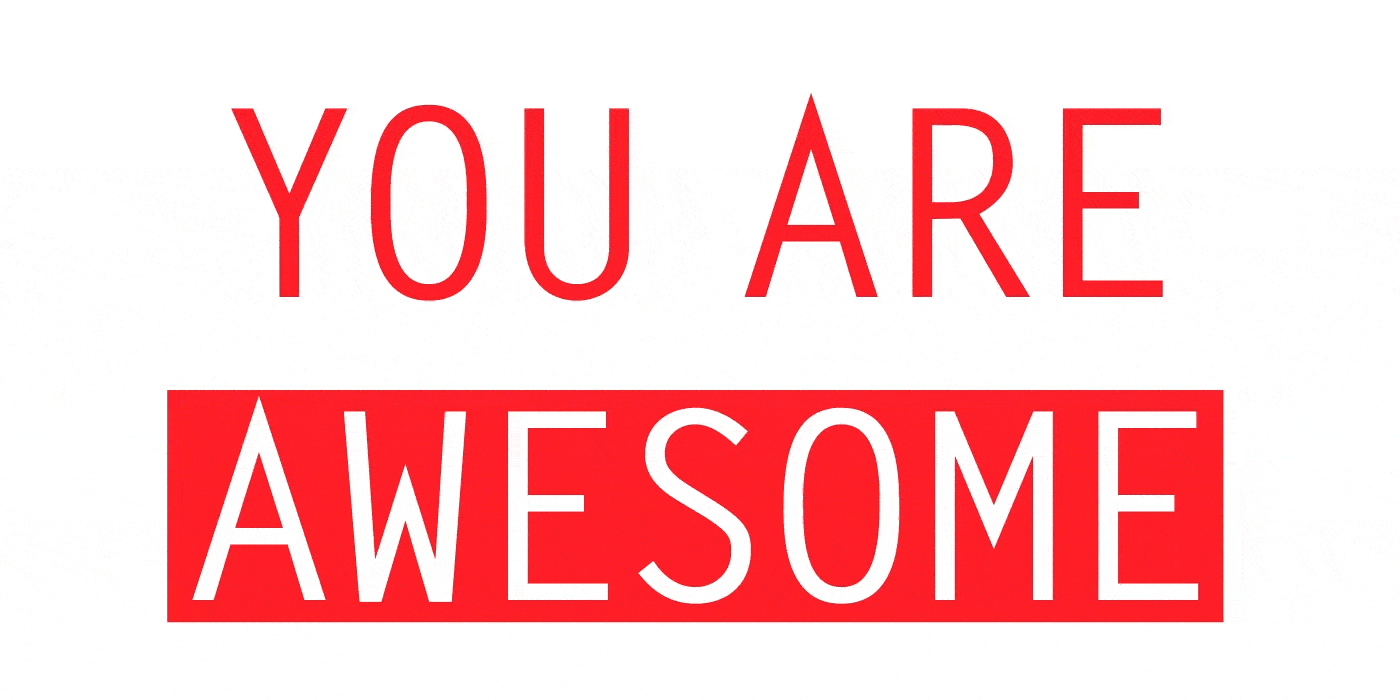The Visual design and the Principles of Visual Design– The Principles of Visual Design include the ideas one should apply to create a good visual design.
Before discussing the principles of visual design, let us know the basics of a visual design.
Visual Design is using various colors, shapes, fonts etc. to make an image useful and to make the user’s experience a better one.
All the products or designs that are viewed by customers or have a public appearance must be artistic and creative. Presentable images or designs are a result of the visual designing skills. Actually, these images need to be attractive and impactful.
Consequently, all visual designs are a result of eight elements, namely; Point, Line, Shape, Form, Tone, Texture, Color, and Text. Also, these visual designs are a combination and arrangement of these elements which also helps us to create a desired visual image.
A better understanding of these design principles will enable a designer to create better results. Primarily to achieve success in your endeavour, it is important to create a design which is useful, impressive as well as good to look at.
However, there can be an improvement in the visual appearance by further applying these below-mentioned principles of visual design.
The Visual design and the Principles of Visual Design
#1 Point, Line & Shape
A point, line, and shape are the basics of any design. Therefore, they are the plinth on which any design stands. With these basic elements, a designer can create the simplest and even the most complex designs.
Point – A point is the intersection of two lines.
Line – A sequence of dots/points coming together form a line.
Shape – A space formed by joining lines.

Thus, point, line, and shape from the basic elements of designing anything easy or complex. Consequentially, we get images which are two dimensional and also three dimensional.
#2 Color
When a human child is born, he cannot see any colors and also cannot see things clearly. The vision of a new born baby is blurred. But with the growing age, the vision improves and humans can see millions of different colors in the rainbow.
Each color has its own specialty. Take, for example, the white color in the Indian flag which symbolize peace. Or the red color in the traffic signal which means stop. They are not just colors, but they also speak a lot with their mere presence.

Well, these choices are also important in design. The right choice of colors makes a design more beautiful and appealing.
#3 Typography
Typography is a designer’s worst nightmare. It is very difficult for a designer to get this right but a pro can handle this well. Typography is about how you present your text in your design.
With the selection of right type of font and the color, the overall design becomes powerful and the right tone for the design is set.

For example, taking a kid-like cartoony font for a serious building project is a strict no-no. The selection of font should be according to the project’s requirements. Thus, a designer must keep in mind the golden rules for combining fonts.
#4 Space
Managing space rightly is a must in designing. Considering all elements in designing is important to create the best outcome.

Leaving too much white space in your design can make everything look deserted and filling in all the white space can make your design look too crowded. Therefore, it is important to maintain a balance between each element well.
Using all the space wisely is what a professional designer does.
#5 Balance, Rhythm & Contrast
Balance in design is an important feature to keep in mind. A balanced design provides a lot of stability and grace to the design.
Balance is required to mix all the elements in a design well and to create something meaningful and useful. Ultimately, it is the look of the design which will help one to decide whether a design is well balanced or not.

It is also important to maintain the rhythm and contrast into designing to make the design more effective. The client and others must be able to understand the concept of designing just by looking at it, without much explanation.
#6 Scale
The scale is important because it helps a designer to create a design in the proper measurement. The correct scaling gives a proper output in the form of printed designs also.Scale helps you not only creating rhythm contrast and balance but also

These days, all social media allow image sharing. So, a designer must keep in mind the appropriate size of the design. This also involves proper sizing of all the elements of a design so that the final outcome looks proportionate and not otherwise.
#7 Grid & Alignments
Alignment is one of the important principles of visual design. This allows the designer to place the elements in a design well. Therefore, it also helps in leaving appropriate margins at the sides and between the text if any.

However, this is similar to what you see in all books or magazines. Grids and alignment give structure to the design and the text. Thus, it makes the final image look more organized.
#8 Framing
This concept of framing gives a definition to the image. You must have seen photographs with beautiful frames; this is the same concept.

Frame images in a way that each part stands out from the other. Framing something well can make a huge difference to how it looks.
#9 Texture & Patterns
Textures and Patterns make your design look cool and complete. What I mean to say is, using these can compensate that missing element in a design. However, it is important to use them only as and when required.

Overdoing things may at times lead to a chaos. So, it is advisable to choose minimal special finishings.
#10 Visual Concept
The visual concept is like the soul of the whole design. This basically, tells as to what the idea is and how can we execute it to get the maximum advantage from it.

Your concept should be strong. It should be strong enough that it should sell by itself. It should be impressive and worth giving time.
Conclusion…
A well-thought design lasts long and is also more likely to succeed. Avoid the common mistakes that an amateur designer makes and get on to the next level. So, use these principles of visual design and let us know how you have improved with your designing skills.
All Credit to: José Torre


